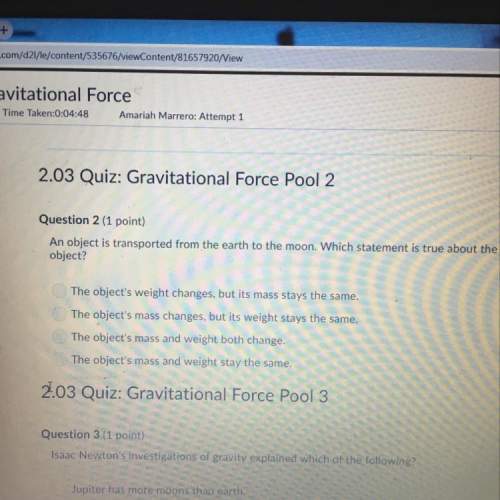Title
The title should relate to the topic of the research.
Objective
This is wha...

Title
The title should relate to the topic of the research.
Objective
This is what you are trying to find out (testing) in the experiment. It is often in the form of a question. Once your purpose is determined, background research is conducted to see what is already known about your topic.
Hypothesis
After completing research, you will need to make a prediction for what you think will happen as a result of your investigation. It should be supported by the background research of the topic. It may be written in an ‘If…, then…" format.
Procedures
Experimentation allows for designing and carrying out a test that attempts to answer your original question. This step includes your materials, procedure (a numbered list of steps needed to conduce the experiment), and all data collected during the repeated experimental trials. It should also include the test variable (independent variable), the item that is purposefully changed by the experimenter in order to study changes in an investigation, and the outcome variable (dependent variable), the item that is being measured or observed in the experiment. It is important to change or manipulate only one test variable (independent variable) per investigation while keeping all the other conditions the same to ensure reliable results. For example, if we wanted to see how the type of soil affects plant growth, then the type of soil would be the test variable (independent variable) and the growth of the plant would be the outcome variable (dependent variable). To ensure reliable results, all other conditions for the plants would remain the same; amount of soil, amount of sunlight, amount of water, and so on.
Data Analysis
Data analysis includes looking for trends and patterns in your data tables and/or graphs. You may also compare your results to prior experiments. To be reliable, the results must be reproducible. Inferences from the patterns can help formulate a conclusion.
Conclusion
The conclusion should interpret the results of the data section. After completing your analysis, determine if your hypothesis was supported or not supported. Conclusions lead to the discovery of information or facts. You may use phrases like "results support" or "results fail to support" when describing the reasoning behind a conclusion. Based on your findings, you may need to do more research or further investigation.

Answers: 3


Other questions on the subject: Chemistry

Chemistry, 22.06.2019 20:00, kalcius9698
What is the molarity of the solution produced when 145 g of nacl is dissolved in sufficient water to prepare 2.75 l of solution?
Answers: 1


Chemistry, 23.06.2019 00:30, cashkidd2200
There are approximately 15 milliliters (ml) in 1 tablespoon (tbsp). what expression can be used to find the approximate number of milliliters in 3 tbsp?
Answers: 1

Chemistry, 23.06.2019 02:30, paulinahunl17
What type of energy conversion occurs when you place your feet near the fire place and they become warm
Answers: 1
You know the right answer?
Questions in other subjects:

History, 16.10.2020 18:01

Mathematics, 16.10.2020 18:01

Physics, 16.10.2020 18:01



Mathematics, 16.10.2020 18:01


Mathematics, 16.10.2020 18:01

History, 16.10.2020 18:01

Chemistry, 16.10.2020 18:01




